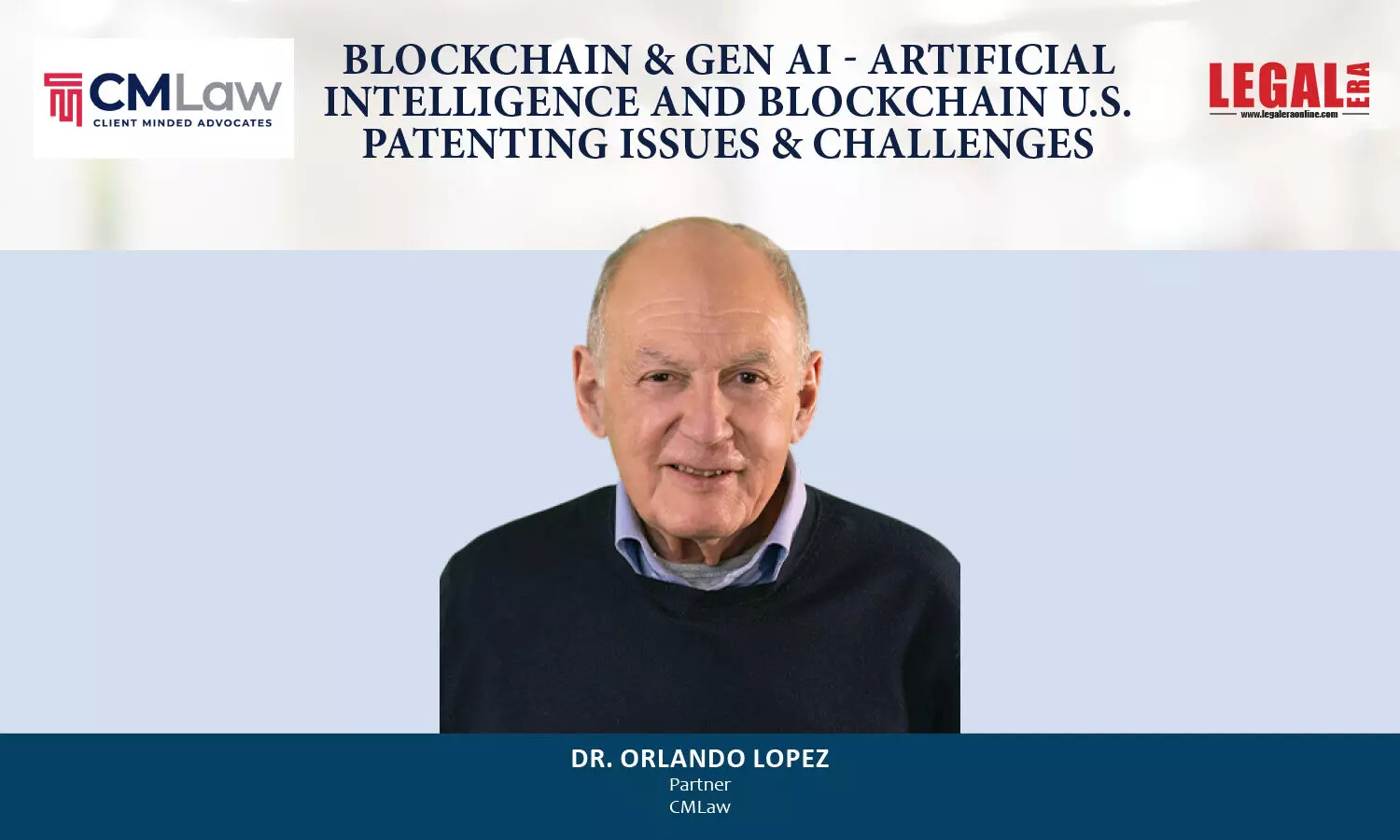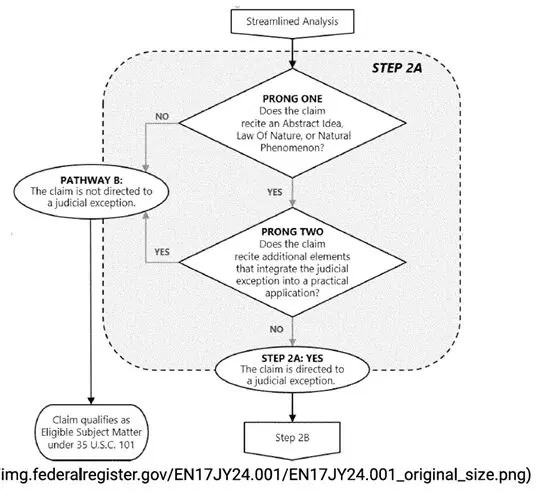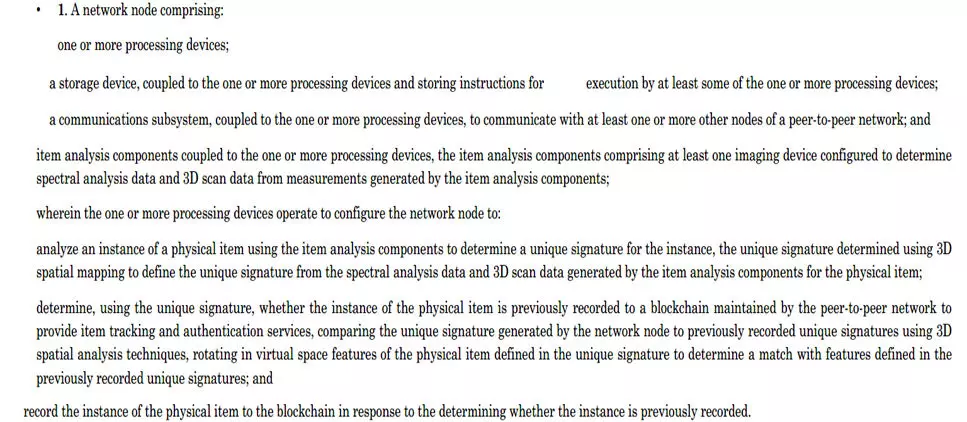- Home
- News
- Articles+
- Aerospace
- Artificial Intelligence
- Agriculture
- Alternate Dispute Resolution
- Arbitration & Mediation
- Banking and Finance
- Bankruptcy
- Book Review
- Bribery & Corruption
- Commercial Litigation
- Competition Law
- Conference Reports
- Consumer Products
- Contract
- Corporate Governance
- Corporate Law
- Covid-19
- Cryptocurrency
- Cybersecurity
- Data Protection
- Defence
- Digital Economy
- E-commerce
- Employment Law
- Energy and Natural Resources
- Entertainment and Sports Law
- Environmental Law
- Environmental, Social, and Governance
- Foreign Direct Investment
- Food and Beverage
- Gaming
- Health Care
- IBC Diaries
- In Focus
- Inclusion & Diversity
- Insurance Law
- Intellectual Property
- International Law
- IP & Tech Era
- Know the Law
- Labour Laws
- Law & Policy and Regulation
- Litigation
- Litigation Funding
- Manufacturing
- Mergers & Acquisitions
- NFTs
- Privacy
- Private Equity
- Project Finance
- Real Estate
- Risk and Compliance
- Student Corner
- Take On Board
- Tax
- Technology Media and Telecom
- Tributes
- Viewpoint
- Zoom In
- Law Firms
- In-House
- Rankings
- E-Magazine
- Legal Era TV
- Events
- Middle East
- Africa
- News
- Articles
- Aerospace
- Artificial Intelligence
- Agriculture
- Alternate Dispute Resolution
- Arbitration & Mediation
- Banking and Finance
- Bankruptcy
- Book Review
- Bribery & Corruption
- Commercial Litigation
- Competition Law
- Conference Reports
- Consumer Products
- Contract
- Corporate Governance
- Corporate Law
- Covid-19
- Cryptocurrency
- Cybersecurity
- Data Protection
- Defence
- Digital Economy
- E-commerce
- Employment Law
- Energy and Natural Resources
- Entertainment and Sports Law
- Environmental Law
- Environmental, Social, and Governance
- Foreign Direct Investment
- Food and Beverage
- Gaming
- Health Care
- IBC Diaries
- In Focus
- Inclusion & Diversity
- Insurance Law
- Intellectual Property
- International Law
- IP & Tech Era
- Know the Law
- Labour Laws
- Law & Policy and Regulation
- Litigation
- Litigation Funding
- Manufacturing
- Mergers & Acquisitions
- NFTs
- Privacy
- Private Equity
- Project Finance
- Real Estate
- Risk and Compliance
- Student Corner
- Take On Board
- Tax
- Technology Media and Telecom
- Tributes
- Viewpoint
- Zoom In
- Law Firms
- In-House
- Rankings
- E-Magazine
- Legal Era TV
- Events
- Middle East
- Africa

Blockchain & GEN AI - Artificial Intelligence And Blockchain U.S. Patenting Issues & Challenges
Blockchain & GEN AI - Artificial Intelligence And Blockchain U.S. Patenting Issues & Challenges

Blockchain & GEN AI - Artificial Intelligence And Blockchain U.S. Patenting Issues & Challenges The article provides suggestions on how to increase the likelihood of a claim being considered patent eligible by the USPTO The U.S. patent office (USPTO) used to be considered friendly towards software patents. That condition has changed somewhat due to changes in the patent...
To Read the Full Story, Subscribe to Legal Era News
Access Exclusive Legal Era Stories, Editorial Insights, and Expert Opinion.
Already a subscriber? Sign in Now
Blockchain & GEN AI - Artificial Intelligence And Blockchain U.S. Patenting Issues & Challenges
The article provides suggestions on how
to increase the likelihood of a claim being considered patent eligible by the USPTO
The U.S. patent office (USPTO) used to be considered friendly towards software patents. That condition has changed somewhat due to changes in the patent eligibility determination. Suggestions are provided below on how to increase the likelihood of a claim being considered patent eligible.
The U.S. Supreme Court has interpreted Section 101 of the patent statute, 35 U.S.C. 101, to contain “an important implicit exception: Laws of nature, natural phenomena, and abstract ideas are not patentable.” In Alice Corp. v. CLS Bank Int’, in 2014, the U.S. Supreme Court applied the Mayo v. Prometheus (2012) two-step framework to a patent on a computer-implemented, electronic escrow service. Alice Corp. v. CLS Bank Int’., 573 U.S. 208, 216 (2014); Mayo Collaborative Services v. Prometheus Laboratories, Inc., 566 U.S. 66 (2012). Although the Alice opinion can be interpreted in different ways, the interpretation by the District Courts resulted, in the majority of cases, in invalidation of claims due to lack of patentable subject matter. The Federal Circuit Court of Appeals upheld most of the District Court decisions. Since Alice is more than 10 years old, a review of the Federal Circuit decisions should provide a view of what is required in order to have a claim be recognized as patentable subject matter when presented to the Federal Circuit.

In 2019, the U.S. Patent and Trademark Office (USPTO) provided updated guidance for patent subject matter eligibility. In the 2019 guidance, step 1 of the Alice test is split into two prongs, as shown in Fig. 1. The first prong determines whether the claim recites an Abstract Idea, Law of Nature, or Natural Phenomenon. If the claim does not recite an Abstract Idea, Law of Nature, or Natural Phenomenon, the claim qualifies as Eligible Subject Matter under 35 U.S.C. 101. If the claim recites an Abstract Idea, Law of Nature, or Natural Phenomenon, the inquiry moves to the second prong. The second prong determines whether the claim recites additional elements that integrate the judicial exception into a practical application. If the claim recites additional elements that integrate the judicial exception into a practical application, the claim qualifies as Eligible Subject Matter under 35 U.S.C. 101. According to the 2019 updated guidance for patent subject matter eligibility, a claim that is directed to a practical application qualifies, at the USPTO, as Eligible Subject Matter under 35 U.S.C. 101.

Fig. 1 First step of Alice test from USPTO 2019 guideline
By reviewing the Federal Circuit decisions related to patent subject matter eligibility, one can arrive at the Federal Circuit requirements for patentable subject matter. First, the claims must “sufficiently capture[d] the inventors’ asserted technical contribution to the prior art by reciting how the solution specifically improves the function of prior art.” (See, for example, Hawk Tech. Sys., LLC v. Castle Retail, LLC, 60 F. 4th 1349 (Fed. Cir. 2023).) The claims must also recite a sufficiently specific implementation of the technical contribution. (See, for example, KONINKLIJKE KPN N.V. v. GEMALTO M2M GMBH, 942 F. 3d 1143 (Fed. Cir. 2019).)
It should be noted that all technical improvements of the prior art would be practical applications, but not all practical applications are technical improvements of the prior art.
It is also useful to consider what the Federal Circuit does not consider to be directed to patentable subject matter. One of the most cited cases in relation to software is Electric Power Group, LLC v. Alstom S.A., 830 F.3d 1350, 1353–1356 (Fed. Cir. 2016) (or cases in the progeny of Electric Power). Electric Power states that claims focused on “collecting information, analyzing it, and displaying certain results of the collection and analysis” are directed to an abstract idea. Electric Power, 830 F.3d at 1353. Based on Electric Power, the Federal Circuit, in SAP Am., Inc. v. InvestPic, LLC, 890 F. 3d 1016 (Fed. Cir. 2018), stated that claims “focused . . . on selecting certain information, analyzing it using mathematical techniques, and reporting or displaying the results of the analysis” are directed to an abstract idea.
In both AI/ML (Machine Learning) and software Innovations, one provides the computer instructions by means of software and Electric Power would be an applicable case. Blockchain is an implementation of distributed ledger on a peer-to-peer network. In most software Innovations, including blockchain, computer instructions are provided in order to solve a problem (a model or structure that solves a problem is provided). In AI/ML, the computer instructions are provided in order to, looking at data, arrive at a structure that solves a problem. In AI/ML, one can implement that structure in software or hardware. A hardware implementation would be more likely to be considered to be directed to patentable subject matter. (See, claim 1 in example 47 in July 2024 Subject Matter Eligibility Examples, available at https://www.uspto.gov/sites/default/files/documents/2024-AI-SMEUpdateExamples47-49.pdf; but, also see Yu v. Apple Inc., 1 F.4th 1040, 1043 (Fed. Cir. 2021) (holding claims to an “improved digital camera” ineligible) and American Axle & Manufacturing, Inc. v. Neapco Holdings LLC, 967 F.3d 1285, 1292 (Fed. Cir. 2020) (holding a claim to “[a] method for manufacturing a shaft assembly of a driveline system” ineligible.).

Fig. 2
Two examples are provided below that show claim sets that have been considered ineligible due to lack of patentable subject matter. In HEALTH DISCOVERY CORPORATION v. Intel 577 F. Supp. 3d 570 (WD Texas 2021), the Court found the claim shown in Fig. 2 to be ineligible due to lack of patentable subject matter, citing SAP Am., Inc. v. InvestPic, where p. 1168 states that “the focus of the claims is not any improved computer or network, but the improved mathematical analysis.”
The decision shows how Electric Power, which states that claims focused on “collecting information, analyzing it, and displaying certain results of the collection and analysis” are directed to an abstract idea, and SAP Am., Inc. v. InvestPic, LLC can be used to show how a claim is ineligible due to lack of patentable subject matter. The decision also shows the need to show how the claim is directed to a technical improvement over the function of the prior art.

Fig. 3
If one wants to increase the likelihood of claims being found, when appealing to the Federal Circuit, to be directed to patentable subject matter, one should write claims directed to a technical improvement over the function of the prior art and be specific, in the claims, as to how to implement the technical improvement over the function of the prior art.
Another example of a claim set that has been considered ineligible due to lack of patentable subject matter is the claim set asserted in RADY v. BOSTON CONSULTING GROUP, INC 2024 U.S. App. LEXIS 7190 (Mar. 27, 2024, Fed. Cir.) re U.S. Patent No. 10,469,250. Claim 1 is shown in Fig. 3.
The Federal Circuit opinion states that “gathering and analyzing information of a specified content, then displaying the results without any particular assertedly inventive technology for performing those functions is an abstract idea, citing a case that cited Electric Power.
The Federal Circuit opinion states that “identifying items by their unique physical features is a long-standing and well-established practice,” citing Bilski v. Kappos, 561 U.S. 593, 611 (2010), and further states that “claims are not saved from abstraction merely because they recite components more specific than a generic computer,” citing BSG Tech LLC v. BuySeasons, Inc., 899 F.3d 1281, 1286 (Fed. Cir. 2018). It should be noted that the application for U.S. Patent No. 10,469,250 was filed on 2019 so it should have been looked at under the 2019 guidelines. The opinion underscores the usefulness of showing how the claim is directed to a technical improvement over the function of prior art.
In summary, if one wants to increase the likelihood of claims being found, when appealing to the Federal Circuit, to be directed to patentable subject matter, one should write claims directed to a technical improvement over the function of the prior art and be specific, in the claims, as to how to implement the technical improvement over the function of the prior art.
Disclaimer – The views expressed in this article are the personal views of the author and are purely informative in nature.


